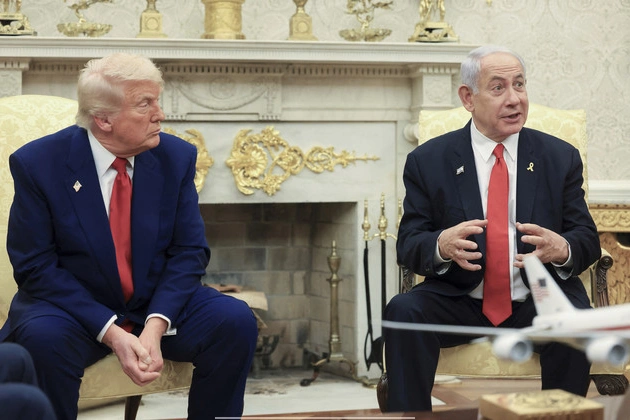
A recent incident involving a US Navy fighter jet has garnered attention due to its connection with the Houthi attack. The aircraft carrier, USS Harry S. Truman, was forced to take evasive action to avoid fire from the Houthis, resulting in the jet falling overboard. This article provides a detailed account of the events that transpired.
The Incident
During a weekslong campaign against Houthi fighters in Yemen, the Navy utilized a $60 million jet as part of its operations. Unfortunately, the jet, along with a vehicle used for towing, sank into the water after the carrier maneuvered to evade enemy fire. While one sailor sustained injuries during the mishap, the loss of the aircraft marked a significant development in the ongoing conflict.
Military Efforts and Losses
The loss of the fighter jet adds to the escalating costs of combating the Houthis, who have been targeting commercial and military vessels in the region for the past two years. In addition to the downing of seven MQ-9 drones by the Iran-backed group, the Navy has faced challenges in curbing Houthi activities.
Operation Rough Rider
As part of Operation Rough Rider, the US Central Command has carried out extensive airstrikes against the Houthi group. These operations have resulted in the elimination of numerous Houthi fighters and leaders, including those responsible for missile and drone attacks. The campaign aims to diminish Houthi capabilities and reduce their offensive actions in the region.
Broader Strategic Implications
Beyond the immediate military engagements, the US campaign against the Houthis is part of a broader strategy to exert pressure on Iran, a key supporter of the Houthi militia. By targeting Houthi commanders and disrupting their drone forces, the US aims to weaken the group’s influence and prevent further destabilization in the region.
Continued Deployment and Military Actions
Despite facing challenges such as the recent collision with a merchant ship near the Suez Canal, the USS Harry S. Truman and its accompanying ships have continued their deployment. Defense Secretary Pete Hegseth’s decision to extend their mission underscores the ongoing commitment to counter Houthi aggression. Additionally, the deployment of additional resources, including the USS Carl Vinson and B-2 bombers, highlights the US military’s focus on addressing threats in the region.
Conclusion
The incident involving the US Navy fighter jet serves as a reminder of the complex challenges faced by military forces in conflict zones. By providing insights into the events and repercussions of the incident, this article sheds light on the ongoing efforts to maintain security and stability in the face of evolving threats.











